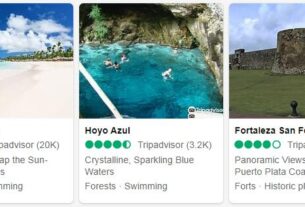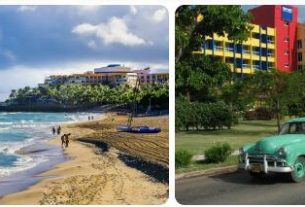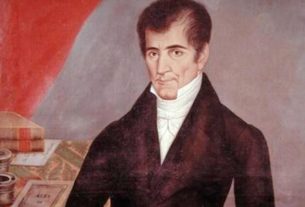Panama is a unitary presidential republic in which the formation of the legislative and executive branches of government takes place mainly in accordance with the principles of representative democracy. The 1972 Constitution is in force, with amendments in 1978, 1983, 1993 and 1994, caused by the fact that it was adopted during the period of the actual rule of the military (1968-89). Administratively, Panama is divided into 9 provinces (Bocas del Toro, Veraguas, Darien, Cocle, Colon, Los Santos, Panama, Chiriqui, Herrera), 75 districts, or municipalities, 3 comarca (special territories with a predominantly Indian population – Kuna Yala, Embera and Ngebe Bugle) and 599 correhimientos (the smallest administrative and political unit of the district type). The largest cities: Panama, Colon (174.1 thousand people), David (124.3 thousand people). Check diseaseslearning for political system of Panama.
The 1972 Constitution establishes that state power comes only from the people, while providing for the principle of separation of powers. The Constitution, however, specifically states that the legislative, executive and judicial bodies must act in a spirit of harmonious cooperation. The highest legislative body is the Legislative Assembly (unicameral parliament) consisting of 71 deputies, elected by universal direct and secret suffrage (as a president and two vice-presidents) for a period of 5 years from among candidates nominated exclusively by officially registered political parties. The executive power is exercised by the president and ministers of state who are part of the government (cabinet council) and are appointed by the president. The president heads the government, being in fact the prime minister. The head of state is Mireya Elisa Moscoso, the first woman in the history of the country to be elected to the highest state post in the general elections on May 2, 1999 and to take office on September 1 of the same year. First Vice President – Arturo Ulises Vallarino, Second Vice President – Dominador Basan Jimenez. The President of the Legislative Assembly is Laurentino Cortiso.
Despite the huge number of parties that paraded through the political arena of Panama (over 100) in the 20th century, a stable two-party political system of a peripheral type was formed at the end of the century. Its main axes are formed by two leading left- and center-right parties, the Revolutionary Democratic Party and the Arnulfist Party, whose founders were respectively O. Torrijos and A. Arias. It is these parties, whose leaders are currently Martin Torrijos (son of General O. Torrijos) and Mireya Moscoso (widow of A. Arias), who have real opportunities to come to power by constitutional means. These parties, alternating in power, have won in the last five election campaigns. The peripheral type of this system is due to the fact that both parties formed and led inter-party coalitions to win the elections.
Other parties seeking parliamentary representation in elections are the Nationalist Republican Liberal Movement (MOLIRENA), the Papa Egoro Movement (“Motherland” in Indian dialect), the Christian Democratic Party, the Civic Renewal Party, the Genuine Liberal Party, and others.
The country’s leading business organization is the National Council for Private Enterprise (CONEP). In general, Panama is characterized by a fairly high level of civil society organization, which is manifested in its mobility and the functioning of various human rights, youth, women’s, and Indian organizations. The trade union movement is represented by the Confederation of Workers of Panama, the National Council of Workers, the Trade Union Center of the Workers of the Isthmus of Panama.
The Republic of Panama established diplomatic relations with the USSR on March 29, 1991, and in December of the same year, the Russian Federation was recognized as the legal successor of the USSR.



